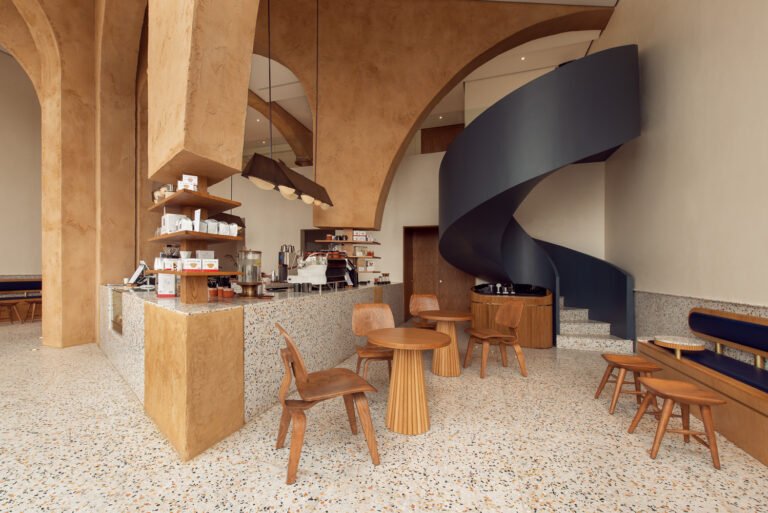Why the Barbie Dreamhouse Endures
Since its inception, Barbie has pushed the limits of relatability, evolving with the times to become one of the more inclusive doll brands on the market. For the Barbie Dreamhouse, it’s impossible to lose sight of the user, whether that’s the doll herself or the children who simultaneously look up to her while orchestrating her life. Despite Mattel taking almost 20 years to introduce a Black Barbie, the doll now includes 35 skin tones (including those with the skin condition vitiligo), 94 hairstyles, and 9 body types that display various access needs, ranging from hearing aids to prosthetics to wheelchairs. But what does this growing representation mean for the doll’s interiors? While Becky, the first doll in a wheelchair, was released in 1997—seven years after the introduction of the Americans with Disabilities Act—Barbie Dreamhouses remained inaccessible until the 2020 Dreamhouse, when it added a wheelchair-friendly elevator.
While the Dreamhouse was an “aspirational feminine power fantasy” (to borrow from Elle Decor’s Camille Okhio, whose writing also appears in the book), in many ways the house is equipped to move far beyond the domestic performances of gender, despite implying them in other ways. (Yes, I’m looking at you, Barbie feet.) Just as the development of Becky eventually led to an ADA-accessible home, what design shifts will follow, say, after the 2019 introduction of a gender-neutral doll, or 2021’s first trans femme Barbie, modeled after Laverne Cox?
While the book certainly doesn’t attempt to provide an exhaustive look at some of these big questions or the history of inclusive design at Mattel, it concisely highlights the power in expressing individual subjectivity, fantasies, and desires through decor. This is apparent in the very design of the book, which features interiors and objects rather than Barbie herself.
Colomina likens the Dreamhouse to television sets: “It’s a performance of domestic life for a public audience,” she writes. “In that way, Barbie has been Instagram-ready since 1962.” Indeed, these ideas have been augmented in digital spaces, perhaps going back to Mattel’s first Barbie Magical House computer game in 1994. In our current digital culture of 3D rendering, virtual reality, and the metaverse, anyone can theoretically design and occupy their own dream home, even if it’s just through a screen.
“Our perspective is informed by where we stand today, looking back on six decades of the Dreamhouse at a moment when Barbiecore has never been so mainstream and gender never more a form of drag, home ownership never less unattainable, and domesticity never before so performative,” the editors write. Most of all, the book affirms that the Dreamhouse will continue to trace our culture’s current fascinations and predicaments through toys, fashion, and interior design. As a stage for reflecting the present and imagining new futures, the Barbie Dreamhouse will live on.

